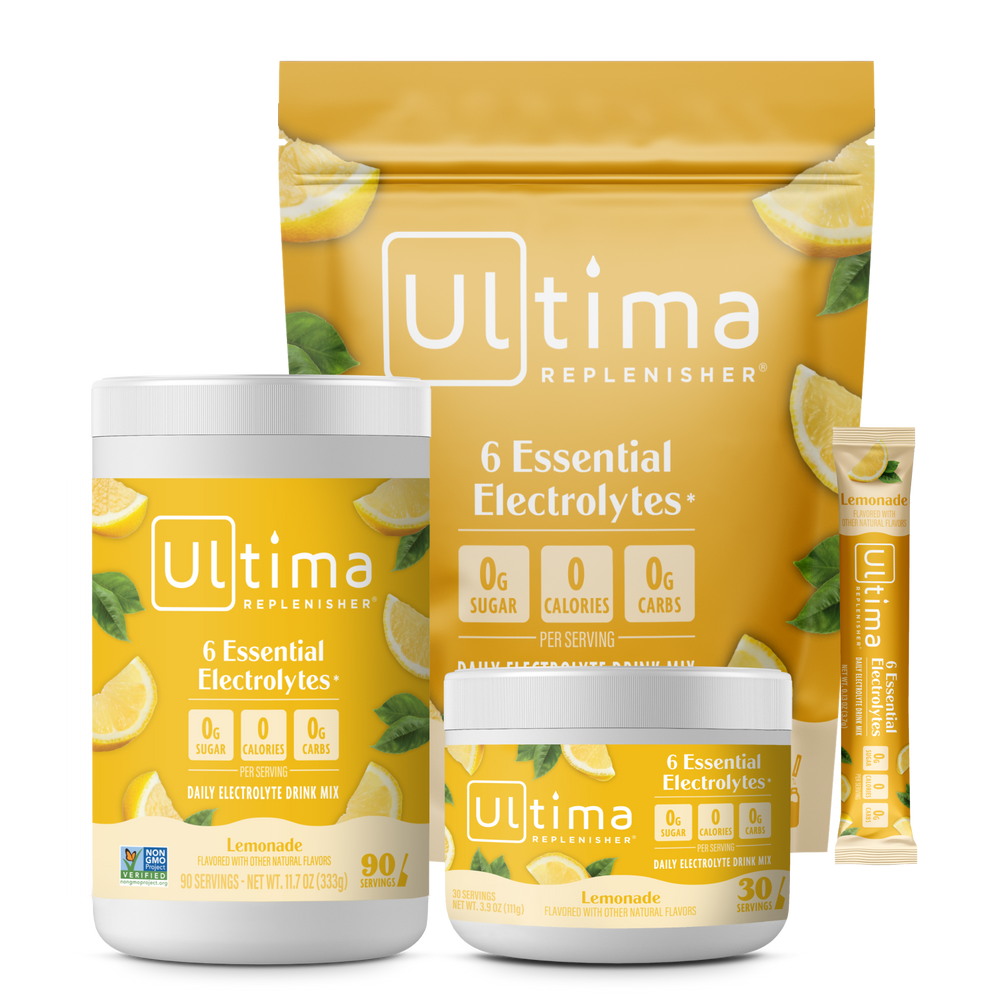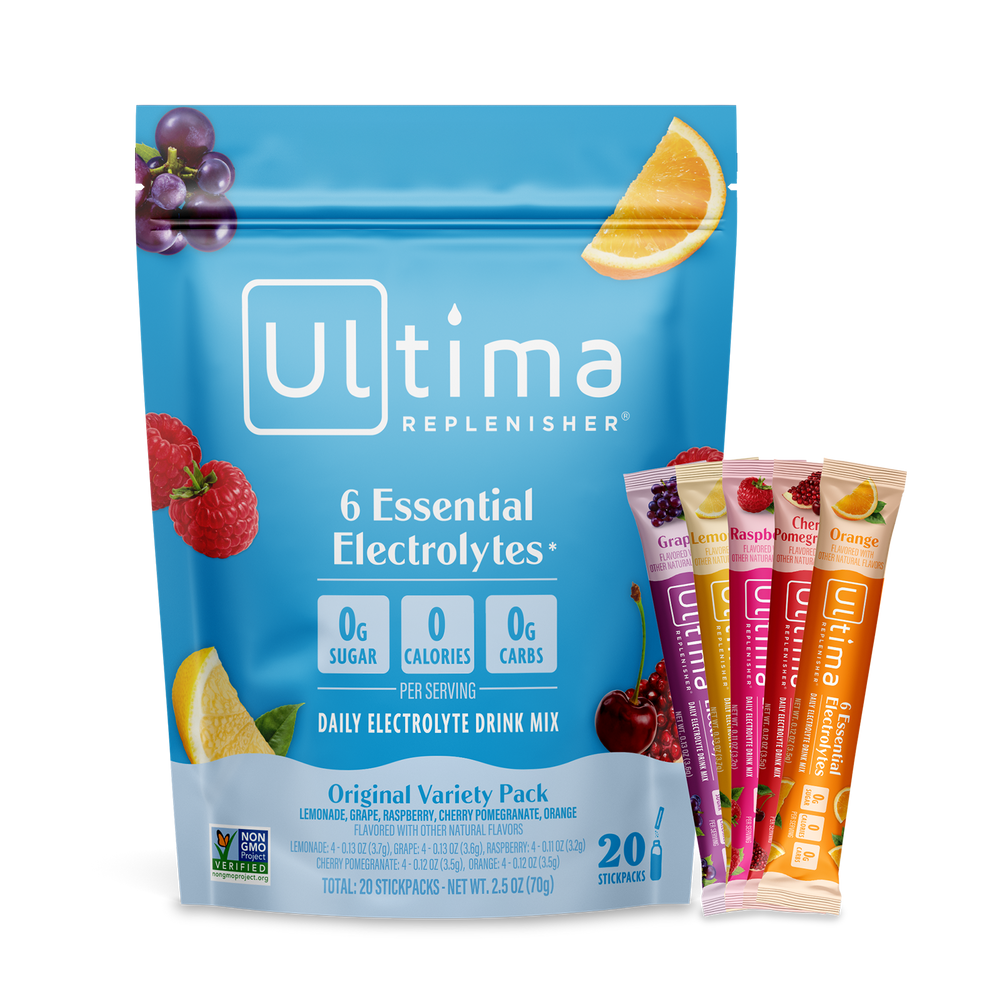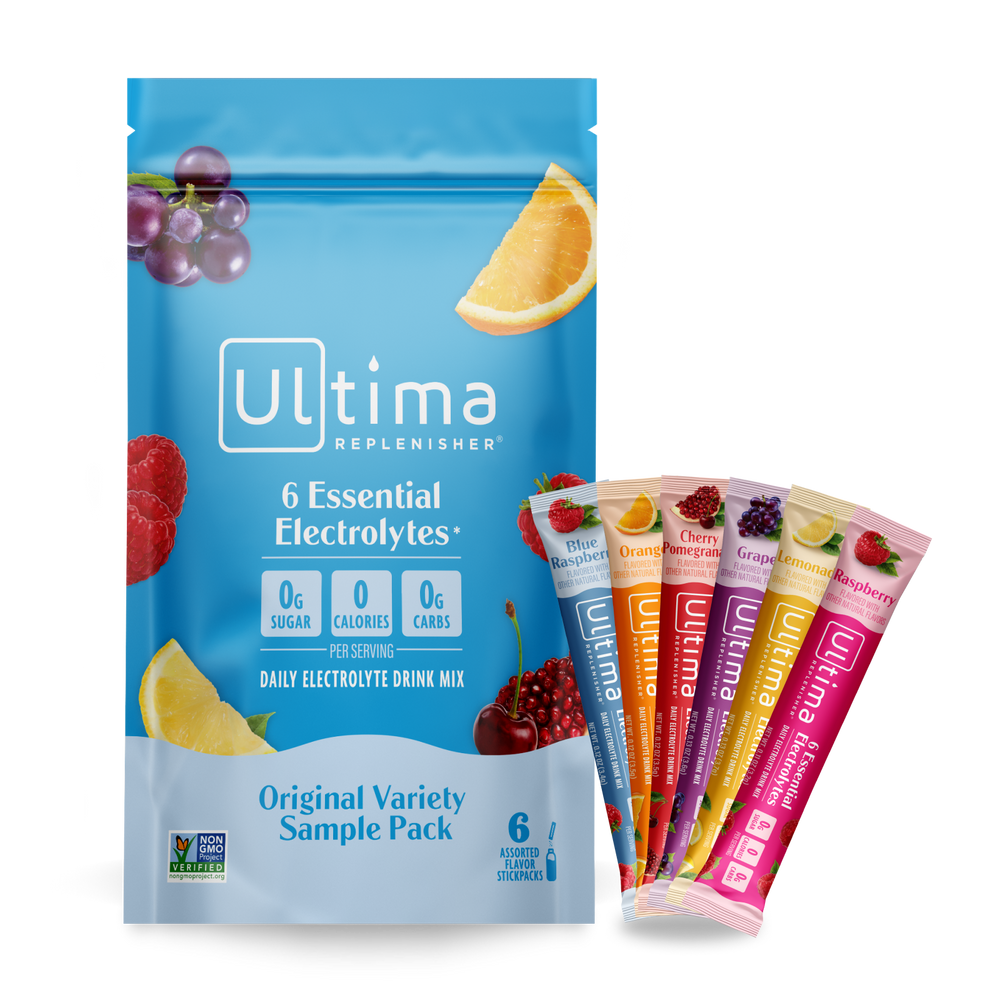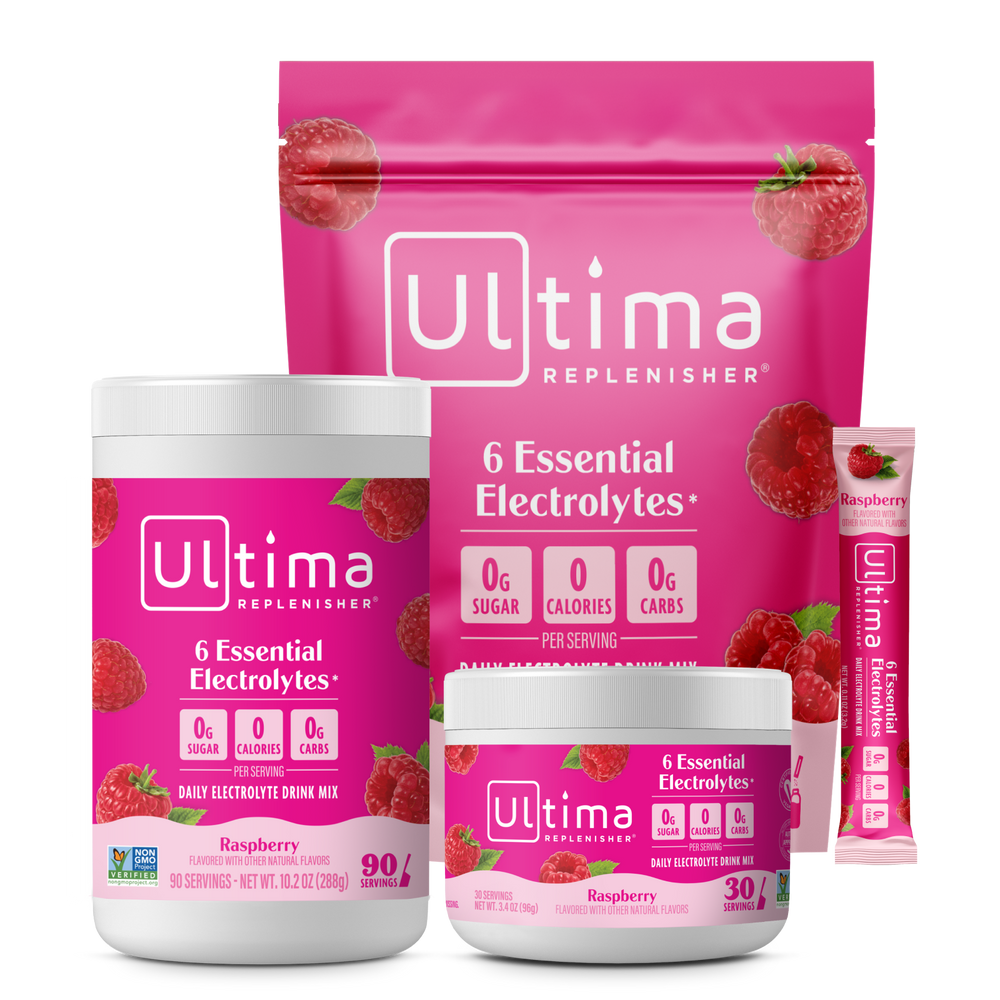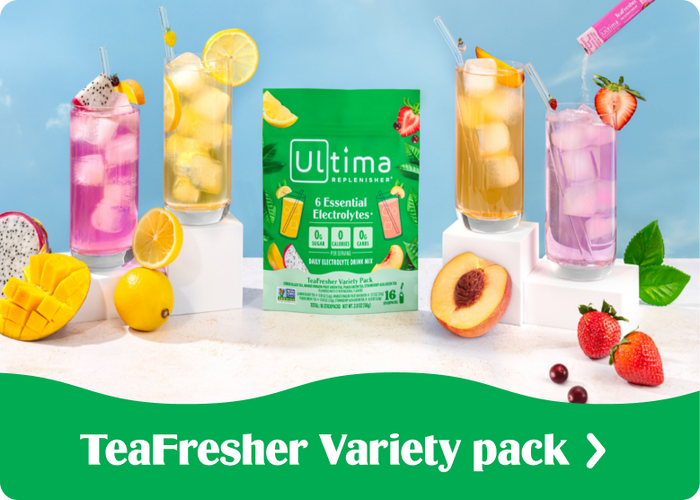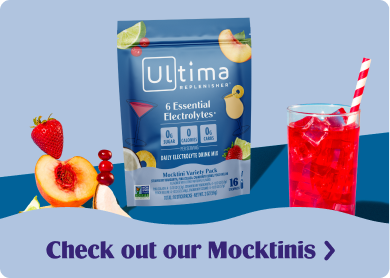
5 Easy Tips for Navigating a Sugar-Free Lifestyle
You’ve decided to adopt a sugar-free lifestyle—or at least one with no added sugar. While the decision may feel like an easy one, making the change can be difficult. If you have a sweet tooth, cutting out sugar can feel like a real sacrifice, and if you lead a busy lifestyle you may worry about the additional time needed to seek out and make meals and snacks without the sweet stuff.
We’ve got some simple tips that might make the change a bit easier for you, plus we’ve mapped out what a sugar-free day might look like to show you it may not be as hard as you expect.
How to Remove Sugar from Your Diet
Whether you’re aiming to remove sugar entirely from your diet, reduce your intake, or eliminate foods with processed and/or added sugars, know that your goal is one you can reach. Luckily, there are five easy steps you can take to set yourself up for success.
Tip 1: Make the change gradually.
Cutting sugar out of your diet will feel like much more of a shock to the system if you suddenly go “cold turkey.” Being gentle on yourself with gradual, positive changes is a lot more likely to lead to a long-lasting shift in your diet and lifestyle.
For example, if you like sugar in your morning tea or coffee, reduce the amount by a little more each day until you’re ready to go without. Or, you could swap over to a natural sweetener, like stevia, adding a little less sugar and a little more of the new sweetener each time.
Cookie or cake lover? Start your sugar-free journey by just having a couple of sweet treats at a time, then down to one until you’re ready to say goodbye.
Tip 2: Think holistically.
Looking at this lifestyle change as a move towards feeling like your best self and eating healthy rather than just going sugar-free can be helpful.
If you’re used to eating a lot of prepackaged or processed food and snacks, thinking holistically and eating healthier as a whole can initially feel like a bigger change than going only sugar-free. However, you may find it’s easier to stick to your new diet if you take it slowly and enjoy the experience of trying new things, instead of just attempting to replace your usual meals and treats with sugar-free versions.
An advantage of eating healthier is that food packed with nutrients, protein and fiber will help keep you feeling fuller for longer, leaving you satisfied and less likely to find yourself craving sugar. We even have a list of alternative sugar-free snack options you can try.
Tip 3: See information as your friend, specifically ingredient labels.
In an ideal world, you’d have the time and energy to make all your meals from scratch, using simple, natural ingredients. But even in your transition to a healthier diet, prepackaged foods can sometimes feel like a lifesaver, especially when you’re tired or in a rush.
Cutting out sugar doesn’t mean you have to eliminate convenient food or drinks from your diet, as most grocery stores and big box stores now offer healthier options for most types of ready-made food and drinks. (We should know—zero sugar Ultima Replenishers electrolyte mixes are now available at Walmart.)
You just have to get into the habit of scouring labels until you’re familiar with the many ways sugar can be listed and know how to avoid these hidden sugars. Packaged food must include its sugar content on its labelling—check under “Total sugars” in the nutritional information first, then read the ingredients.
Tip 4: Be wary of artificial sugar alternatives.
If you have a sweet tooth, it can be tempting to seek out any and all sugar-free or “diet” versions of your favorite treats. All too often these are packed with other unhealthy ingredients and artificial sweeteners, which can actually make you crave more sweets, shun nutritious foods and even gain weight. Studies suggest that artificial sweeteners can be addictive too.
If that wasn’t reason enough to be wary, many of these prepackaged sugar-free items are also packed with artificial flavors and colors, which come with their own health concerns. As far as beverages are concerned, this is where Ultima shines—using natural sweetener stevia and plant-and fruit-based extracts for color and flavor. You can stick with classic flavors or bring Mocktini stickpacks with you to any social event for a guaranteed sugar-free non-alcoholic Strawberry Margarita or Peach Bellini, for example.
Navigating a Sugar-Free Day
Breakfast
A home-cooked breakfast with plenty of fiber and protein will fill you up and get your day off to a great start. However, if grabbing a bowl of cereal is a better fit for your lifestyle, especially at first, it needn’t mess up your sugar-free diet.
Many breakfast cereals are high in sugar, but there are plenty of healthy options too, such as sugar-free granola or muesli, plain bran flakes, oatmeal or whole-wheat cereals. You can even slice up a banana or sprinkle blueberries into your cereal to give it a bit more pizazz or just crunch into an apple either as a breakfast side or alone. While it won’t give you that wake-up jolt you can get from a cup of coffee, the mix of natural fructose and fiber an apple provides can give you a sustained release of energy, without a sugar crash or caffeine jitters.
Lunch & dinner
While it may seem easy to avoid sugar at lunchtime and dinner, a surprising number of foods that seem purely savory contain a lot of added sugar. Ready-made meals, sauces and soups, in particular, are often high in sugar and often high in sodium too.
If you can make your own meals, controlling the sugar yourself, that’s great. Otherwise, it comes back to checking labels carefully, until you’re confident in what works for you and what’s off the shopping list for good. Look for whole grains instead of white starches and be careful when choosing a yogurt brand, if you like a quick lunch. Some are very high in sugar.
Sticking to whole foods like having fresh vegetables, meat, poultry and whole grains that you flavor yourself is an easy way to take control. As you’re starting out, don’t pressure on yourself to have a complete menu of “safe” sugar-free foods. Start with one meal or focus on one part of each meal and grow from there.
Snacks
Snacking can be where a sugar-free diet comes undone. It’s worth noting that once you start making healthier, nutritious choices for your main meals you may find whole days pass without that familiar craving for a snack. But some of us will always have a place in our heart for those little treats between meals, and there’s nothing wrong with that!
There are plenty of sugar-free snack options that will satisfy even the strongest of munchies. Try a handful of mixed nuts, plain or lightly salted popcorn, or wholegrain crackers. But if it just has to be sweet, why not reach for a piece of fruit or a cereal bar? If you opt for the latter though, make sure to shop around as, while they’re usually branded as a healthy option, many are actually full of added sugar. Look for ones with fewer ingredients that use fruits like apples, dates or figs for added sweetness with no added sugar.
Sugar-free beverages
Just like their food cousins, “diet” and “sugar-free” drinks can be false friends—sure, they may be devoid of calories, but many are just as lacking in nutritional value. That doesn’t mean you should drink nothing but plain water though.
Electrolyte drinks without artificial sweeteners can be just the thing to quench your thirst, while also delivering a hit of delicious flavor. come in a range of flavors, sweetened with organic stevia leaf and flavored with plant and fruit extracts.
Eating out sugar-free
Preparation can help you avoid disappointment—before you visit, check the menu of restaurants to be sure they have at least one dish that sounds appealing and works for your sugar-free lifestyle. You could also call ahead if you’re unsure about the sugar content of dishes on the menu. Restaurants want satisfied customers, so most will be happy to talk you through your options. You may even find that some establishments will offer to create something just for you, especially if they have advanced notice.
Some dishes spell out their sugar content for you—think sweet chili or sweet and sour dishes—but others can be more subtle. For instance, a salad can seem like the ideal choice for a sugar-free evening out, but watch out for the dressings, as these are often heavily sweetened.
Look into increasing your protein, fat, and fiber intake to help keep your sweet tooth satiated. (See our "Tips for Eating Out & Socializing While Sugar Free" article)
Stay Positive
Whatever your reasons for going sugar free, remember that you’re making a positive change. If you can see this as an opportunity to find new favorite meals, snacks and drinks, rather than depriving yourself of something, then it will be much easier to make the change and keep it going long term.
Remember, like any change, this will get easier and more comfortable as you go along. No guilt trips for so-called “mistakes.” Just make sure to take a moment to appreciate your progress and give yourself a pat on the back!
